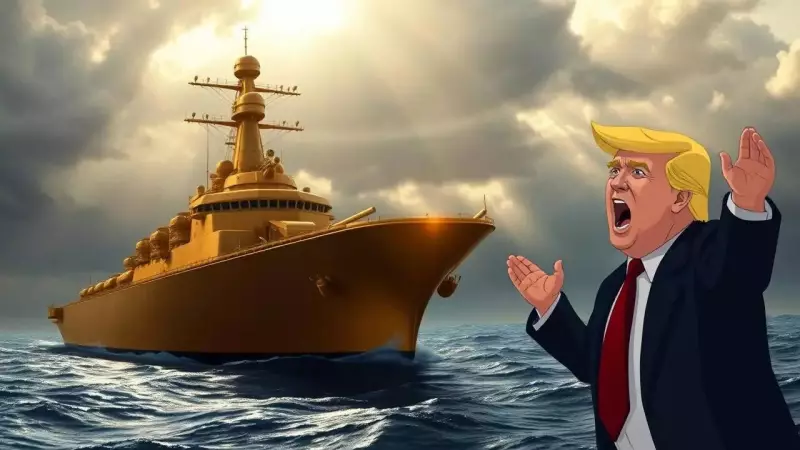
In a bold strategic move that blends military might with visual appeal, former US President Donald Trump has proposed creating a spectacular 'golden fleet' of warships specifically designed to counter China's growing naval presence in international waters.
The Vision Behind the Golden Armada
According to recent reports, Trump expressed strong dissatisfaction with what he described as 'ugly' contemporary warships during private discussions with allies. The former president believes that the United States should deploy a visually impressive fleet that not only demonstrates military superiority but also projects American power through aesthetic excellence.
Strategic Implications for Indo-Pacific Waters
This unconventional approach to naval warfare comes amid escalating tensions between the US and China in strategic waterways. Trump's proposed golden fleet would serve as both a deterrent and a statement of American technological and design superiority in the contested regions where Chinese naval expansion has been most aggressive.
Beyond Functionality: The Aesthetics of Power Projection
The concept represents a significant departure from traditional military thinking, where functionality typically outweighs aesthetic considerations. Trump's vision suggests that the psychological impact of visually dominant warships could play a crucial role in modern geopolitical confrontations.
Military analysts are divided on the practical implications of such an approach. While some dismiss it as superficial, others acknowledge that perception and psychological warfare have always been components of international power dynamics.
Naval Architecture Meets Geopolitical Strategy
The proposal raises important questions about the future of naval design and its role in international relations. Should warships serve as symbols of national prestige as well as instruments of defense? Trump's golden fleet concept challenges conventional wisdom about military equipment design and its role in global power projection.
As China continues to expand its naval capabilities, the United States faces critical decisions about how to maintain its maritime superiority. Whether through traditional means or unconventional approaches like the golden fleet, the competition for naval dominance in the Indo-Pacific appears set to intensify in the coming years.





